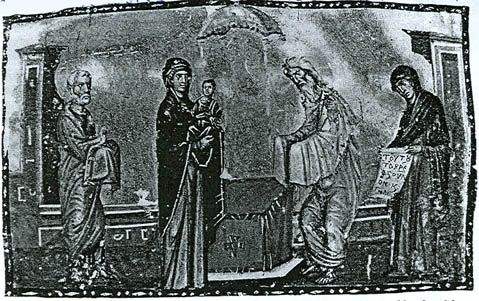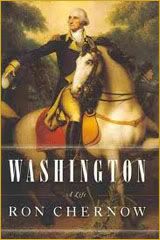The inspiration of Enoch
There's been an interesting discussion going on at Bad Eagle on Apocrypha.
My take on it, regarding the Ethiopian Orthodox Church is part of the discussion.
The comment on the Book of Enoch, which is only found in the Ethiopian Bible, that it is a serious pre-Christian Jewish thought, theology, cosmology, eschatology, etc. ties up my theory that Ethiopian Christians had to rely on the Old Testament in order to survive those isolated years of Christianity. So, it is not surprising that the book of Enoch is included.
Why this reliance on the Old Testament?
Well, the alternative would have been to turn to pagan and Islamic sources for inspiration and validation. But, as true Christians, the Ethiopians knew that the God of the Old Testament was the same as the God of the New Testament, whereas the other gods were alien. And in order to avoid contamination they turned to the Old Testament.
Also, the Old Testament, amongst other things, is a book of rules, clearly stated. "You shall not eat this", "you shall dress in this manner", etc.
It is also a book of a people, chosen and separate from others. And these Ethiopians felt themselves chosen and separate (from all their ungodly surroundings).
So, their best recourse was to behave like the chosen people of the Old Testament, and thus to get closer to God.
Now, this mixing of the Old and the New is clearly demonstrated in this illuminated manuscript.
 |
Presentation of Christ in the Temple, late 14th, early 15th century
Parchment, 14 15/16in X 10 1/4 in from the Monastery
Dabra Hayq Estifanos
As I wrote at Bad Eagle:
It follows the description of St. Luke (2:22-38). But, there are a few anomalies:
- In the Luke story, Hannah is present, as well as Simon.
- In the Ethiopian version, Hannah is absent, and instead there is a bearded man identified as Habakkuk (from the manuscript he's holding which says: "I have heard report of thee and was afraid" from Habakkuk 3:2).
- This transforms the Presentation into an Ethiopian baptismal ceremony (following the law of purification from Leviticus 12:1-8, where a boy is baptized forty days after birth - girl is eighty). Habakkuk becomes the godfather.
- Habakkuk returns the Presentation to the Old Testament, as well as the rituals for the Presentation are turned into a baptism, following the Old Testament purification rules.
Finally, this painting is a "revers" copy of an illuminated Macedonian manuscript from Mount Athos. Hannah and Simon are on the right, Joseph, Mary and Jesus are on the left
 |
Presentation of Christ in the Temple, from Byzantine Gospel Book at Mt. Athos, Iviron, ca. 1400-1500
The reference to a Byzantine illuminated manuscript was another way the Ethiopians maintained their religion - by reaching out to other Christian lands. But the methods by which they did this, despite many difficulties, is worthy of another blog.













